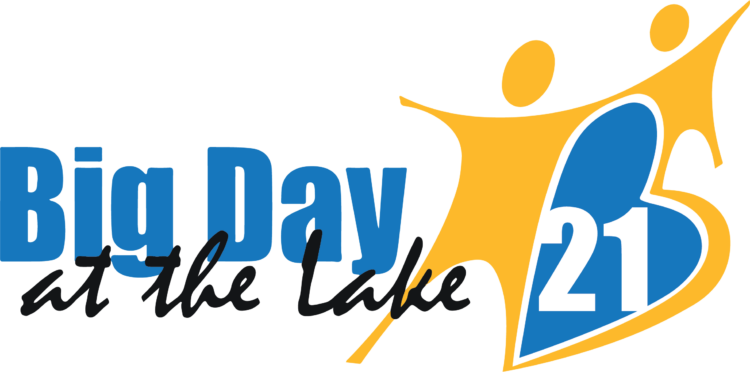
We all seek speed in much of what we do: Communicate, drive, eat, shop, and even dating! We want to get to what we want, fast.
But when it comes to selling, too much speed can hurt sales professionals. Why? Because the tables are turned on us. When we want something fast, we have already made the decision about what we want and are pursuing it. We can’t look at sales that way. Stand on the other side of the sales transaction and you’ll see why.
Talking too fast, listening too briefly, rushing toward the sales closing can all hamper your ability to spot opportunities and maximize sales.
Once the customer has decided you can swing into high speed. You might want to sell while the customer is in the decision-making process, when they are collecting information, evaluating options, comparing what you are selling to what they think they want or need. But if you rush these processes, you may likely overlook critical processes, information, or opportunities.
Processes: Be methodical so you do not miss important steps.
If you ask the customer a question be patient and actively listen without doing anything else but listening to them.
While they ponder information, wait quietly without interrupting their thought processes.
When they are talking never, ever interrupt them. Don’t finish their sentences or interject other information.
Information: Just telling is not selling. Explaining, elaborating, describing, identifying, is.
Create context around your product or service to allow it to be showcased.
Highlight features, attributes and advantages to distinguish what you are offering them.
State clearly what your product or service will not do (break, require unexpected maintenance, expire) to clarify its benefits.
Opportunities: Customize the interaction with the customer, at their pace.
The sales decision in a customer’s mind is being framed exclusively around their individual needs-so frame your information around those needs. One size does not fit all.
Use precise statements. Vague statements (“82 percent of purchasers are delighted!”) can’t stand alone. Aim accurately at their needs. Explain what caused that delightedness.
Ask open-ended, not closed-ended questions. “How” and “what” will invite your customer to share information you can use.
Always ask ‘why,” too. It helps you (and them) frame their needs in broader context.
In our quest to do more faster we can demonstrate behaviors that leave customers in a void, feeling pushed to make a decision before they are ready.
Here’s a simple example. Recently in a lovely, fine-dining restaurant, I saw nothing on the menu I wanted. I had come to eat, they had strong reviews and I arrived ready to buy. But something was wrong.
I saw the problem: The menu had nouns but no adjectives! Each meal read like a shopping list, not a finely prepared dish that would make my mouth water. I had no idea of how any item was prepared which affects its taste and texture, and how it would satisfy my hunger need.
It said (for instance), “Spinach, cranberries, walnuts, onions, goat cheese, dressing” instead of, “Fresh baby spinach, dried Maine cranberries, roasted walnut halves, caramelized onions, local farm fresh goat cheese, all gently tossed with a light dressing of hand chopped garden herbs and California olive oil.”
This limited my ability to complete a decision, be fully satisfied, and reduced my interest in buying.
Speed is critical to customer satisfaction in order fulfillment. But during the sales process remember, too much speed can kill the sale.
Cheryl Kane, MBA, is a strategic business consultant, sales trainer, and professional speaker specializing in service quality. If you seek assistance in growing your business, need a business speaker, or have a question you would like to see answered in this column, Cheryl welcomes your communication at (704) 795-5058 or through her web site, www.cherylkane.net.

Discussion
No comments yet.